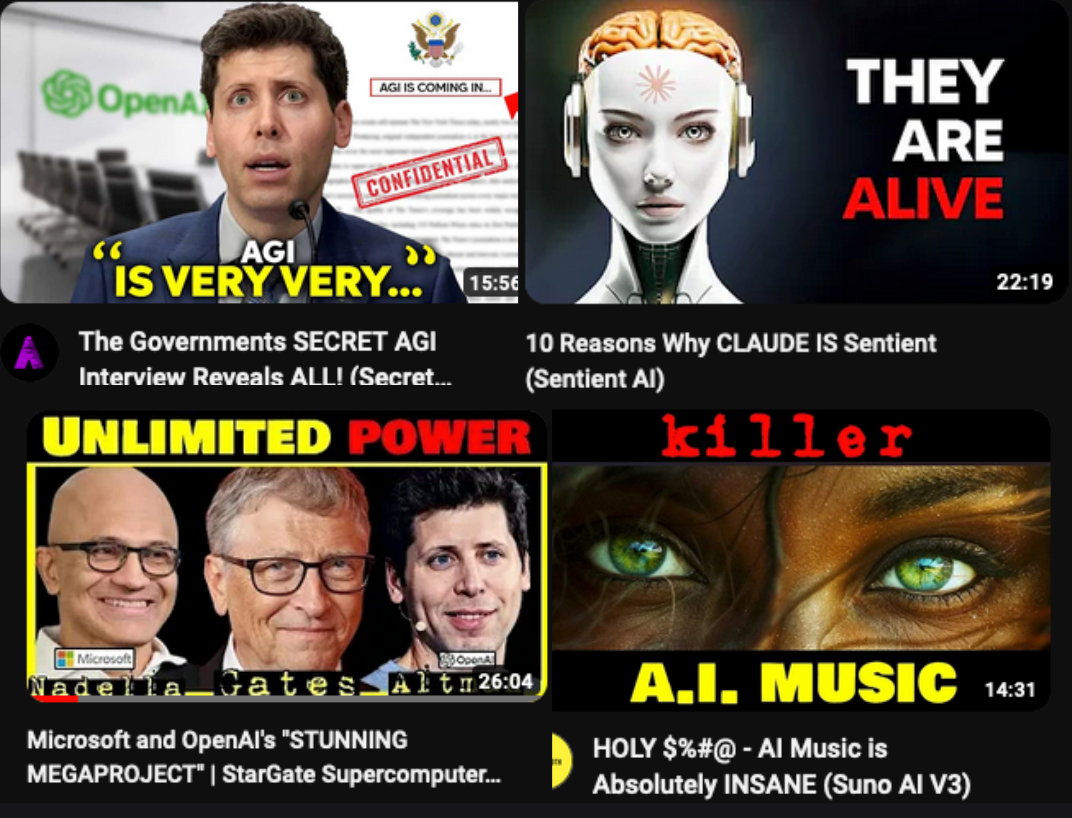Let’s face it–the internet is a giant distraction engine.
Ever gone online to check the weather and somehow ended up watching a whole documentary about
monarch butterfly migration? It’s like going to the store for milk and coming home with a live
chicken.
The internet is designed to capture your attention and hold on to it like a puppy with a rope toy. And while
that’s great for advertisers, it’s not so great for your own productivity or your precious and limited free time.
It starts with a catchy headline, a provocative image, or a tantalizing video thumbnail. Before you
know it, you’re knee-deep in a YouTube rabbit hole, wondering how you got there.
It’s time to fight back against the the dark arts of distraction and
reclaim your attention. Here’s how:

Mindful Browsing
You only have so much time in a day, and you don’t want to spend it all watching cat videos. (An
hour or two, sure. You’re not made of stone.)
Imagine you’re trying to optimize online time for your best friend. You’d want to find things they
find interesting, useful, or entertaining. Cool. How do you know what they like? You ask them! What
do they say? “I dunno,” they say." Chances are, that goes for you too.
The Delphic Maxims were a set of moral precepts that were inscribed on the Temple of Apollo in the
ancient Greek precinct of Delphi. While there were reportedly 147 maxims inscribed on the temple,
only a handful of them have survived. Here they are:
- “gnōthi seauton” – “Know thyself”
- “mēdén ágan” – “Nothing in excess”
- “hópou dé kaí mēdén” – “Look out! Behind you!”
To know yourself – including to know what you want to see, read, and watch – is surprisingly difficult.
You might think you can sit down and list out all the things you like, but it’s not that simple for most
of us. (Give it a try, though. It’s a good exercise.)
A more reliable way to get started is to look through your various online histories
(search history, YouTube history, Netflix viewing activity, etc.). You may not remember why you clicked on something, but
you can probably remember whether you thought it was interesting, useful, or funny. From there you
can start to see patterns and make a list of things you like.
Don’t worry about trying to be comprehensive. Just start with a few things you remember liking.
Once you get into a habit of keeping track of what you like, you’ll have a way to avoid the
things other people want you to pay attention to, and have more time to spend on the things you actually
care about.
My interests change all the time, so I’m always adding new things to my lists (or removing them),
but I can’t tell you how much time I’ve saved and how much more interesting my online time has
become since I stopped letting algorithms decide what I should click on.
Stay curious

Look Before You Leap
There are many podcasts and videos out there that take a LOT of time. Are they worth it? Do you
really want to watch that 3 hour video by Andrew Huberman on the neuroscience of sleep? Maybe you
do! But maybe you don’t. These days, there’s a way to get a quick summary of a video (or a podcast,
or an article) before you commit to the whole thing.
A good tool right now (things are changing very rapidly and new tools are added all the time) is
the recall browser extension (see https://app.getrecall.ai). One click gives you a quick summary of
the whole thing, so you can quickly decide whether you want to watch it or not.
Recall is one of dozens of tools that help you summarize PDFs, videos, podcasts, and articles. A
good iOS app for summarizing YouTube is “Summarify”. A quick search will turn up many more.
Other browser extensions like “Print Friendly & PDF” can help you get rid of all the ads and other
distractions on a page so you can focus on the content. Firefox has a “Reader View” that does the
same thing built in (just click on the little book icon in the address bar).
A really frustrating thing about YouTube thumbnails is that they often have nothing to do with the
content of the video, or they promise something that the video doesn’t deliver. A tool like “Recall”
can help you avoid that.
AI tools are really good at summarizing things, and they’re getting better all the time. They’re
not a replacement for watching or listening to or reading the actual content that interests you, but
they can help you decide whether it’s worth your time.

Ditch the Clickbait
There’s an experimental browser extension called “DeArrow” by Ajay Ramachandran for crowdsourcing
better titles and thumbnails on YouTube, so you never even see the screaming headlines.
I don’t currently use that myself - I prefer to avoid clickbait the old-fashioned way: by not
clicking on it. In the rare case that I think it’s something that I might regret missing, I’ll use Recall or another
summarizer to see if it’s actually worth my time.
Speaking of time, thank you for reading this article! I really appreciate it.
- this is a 5x5 blog: my ongoing quest to create posts that take 5 minutes or less to read and that (if you
try out the advice) will save you at least 5x that time in the long run. If you have any feedback, please let me know!







Use the share icon here if you liked it.
Thanks!